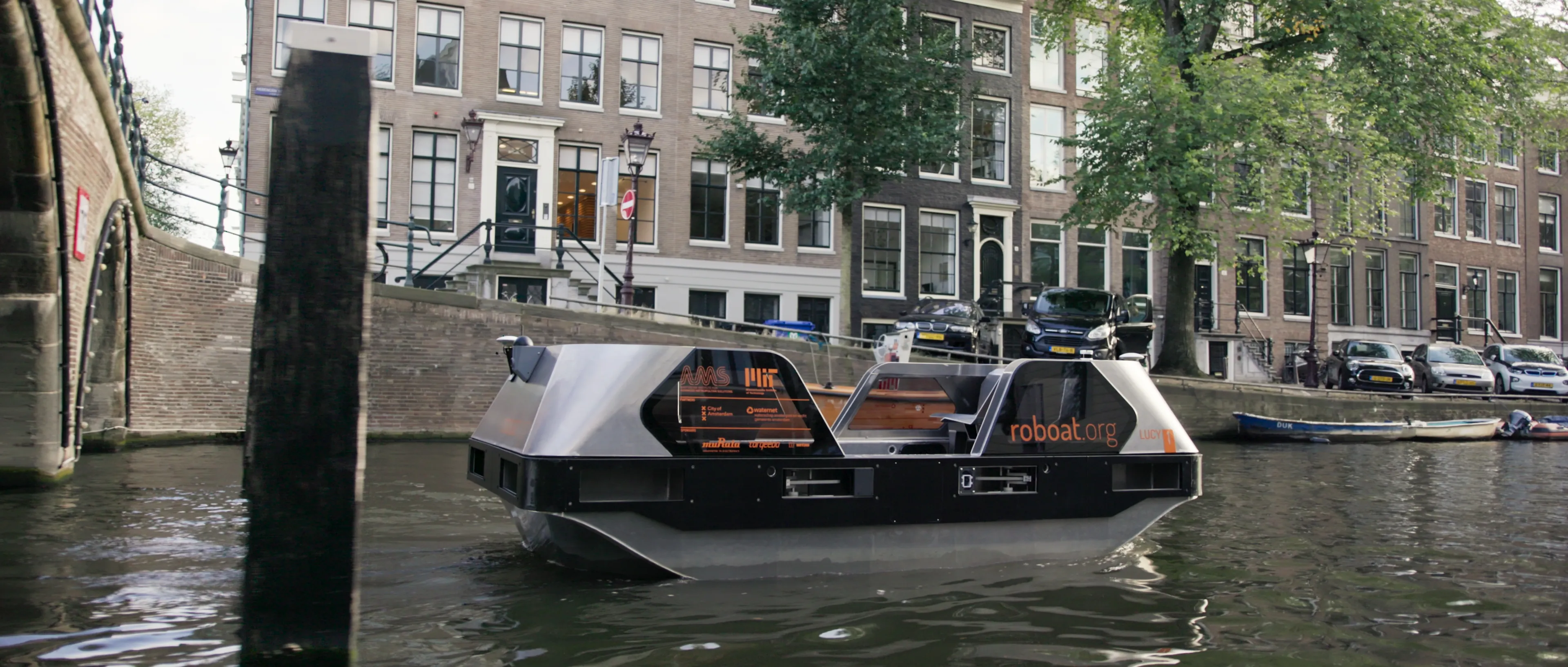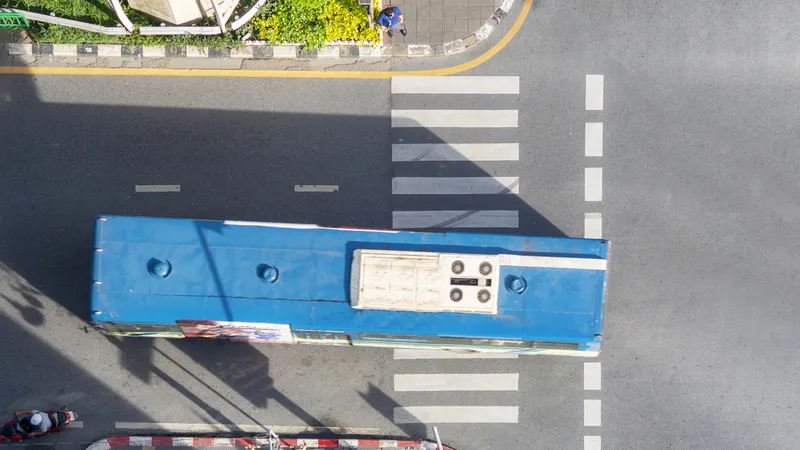
A research project is using two autonomous boats to transport passengers in Amsterdam to move part of the city's road traffic to the water.
Roboat – a collaboration between the Amsterdam Institute for Advanced Metropolitan Solutions (AMS Institute) and the Massachusetts Institute of Technology (MIT) – developed the two prototype vessels as part of a project which began in 2015.
Stephan van Dijk, director of innovation at the AMS Institute, says: “The historic centre of Amsterdam with its network of canals and modern-day challenges - such as congestion and logistics - are a perfect place to start the real-life pilots aimed at creating more sustainable and smart transport over water.”
The boats have been developed to carry out specific functions, including way-point finding, autonomous docking and undocking and collision avoidance.
The AMS institute says Roboat is self-learning and adapts its abilities based on experiences on the water.
Ynse Hendrik Deinema, Roboat project coordinator at the AMS Institute, says: “Picture being amid the hustle and bustle on the Amsterdam canals – this urban context involves tight space manoeuvring, including high complexity and not a lot of structure, caused by a great variety of obstacles that can be encountered.
To navigate the bustling waters of Amsterdam, Roboat needs a meticulous fusion of proper navigation, perception, and control software.”
The team deployed algorithms to categorise specific objects the boat detects during its pathway. Tests took place at the inner-harbor of Marineterrein Amsterdam Living Lab – a testbed located in Amsterdam.
To determine a free path, Roboat uses Lidar and cameras to enable a 360-degree view.
According to the AMS Institute: “This is also referred to as the perception kit and lets Roboat understand its surroundings.”
An algorithm flags a new object that the perception kit picks up – like a canoe – as 'unknown'. The team later looks at the collected data from the day and tags the object as 'canoe'.
This way the algorithm is trained to outperform the human eye in object recognition in time, the institute adds.
Additionally a latching mechanism allows the vessel to connect to a docking station, or to another Roboat.
“Every time the vessel navigates the area, it gains experiences and learns from previous situations and object encounters. As a result of the continuous feedback loops Roboat can now autonomously navigate in this area,” Deinema adds.
Carlo Ratti, professor at MIT Senseable City Lab & AMS PI, says: “With the latching mechanism, Roboat can form temporary bridges to create new urban infrastructure, as well as floating stages and bridges.”
“Whereas autonomous shipping focuses on more straightforward trajectories, Roboat is designed to navigate dynamic and busy urban waterways, such as the Amsterdam canals. Which makes Roboat relevant for delta cities and harbour areas world-wide. It also creates new possibilities for flexible urban infrastructures. Combined with its ability to perform its tasks 24/7, Roboat can add great value for a city,” van Dijk concludes.










